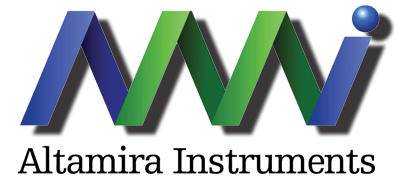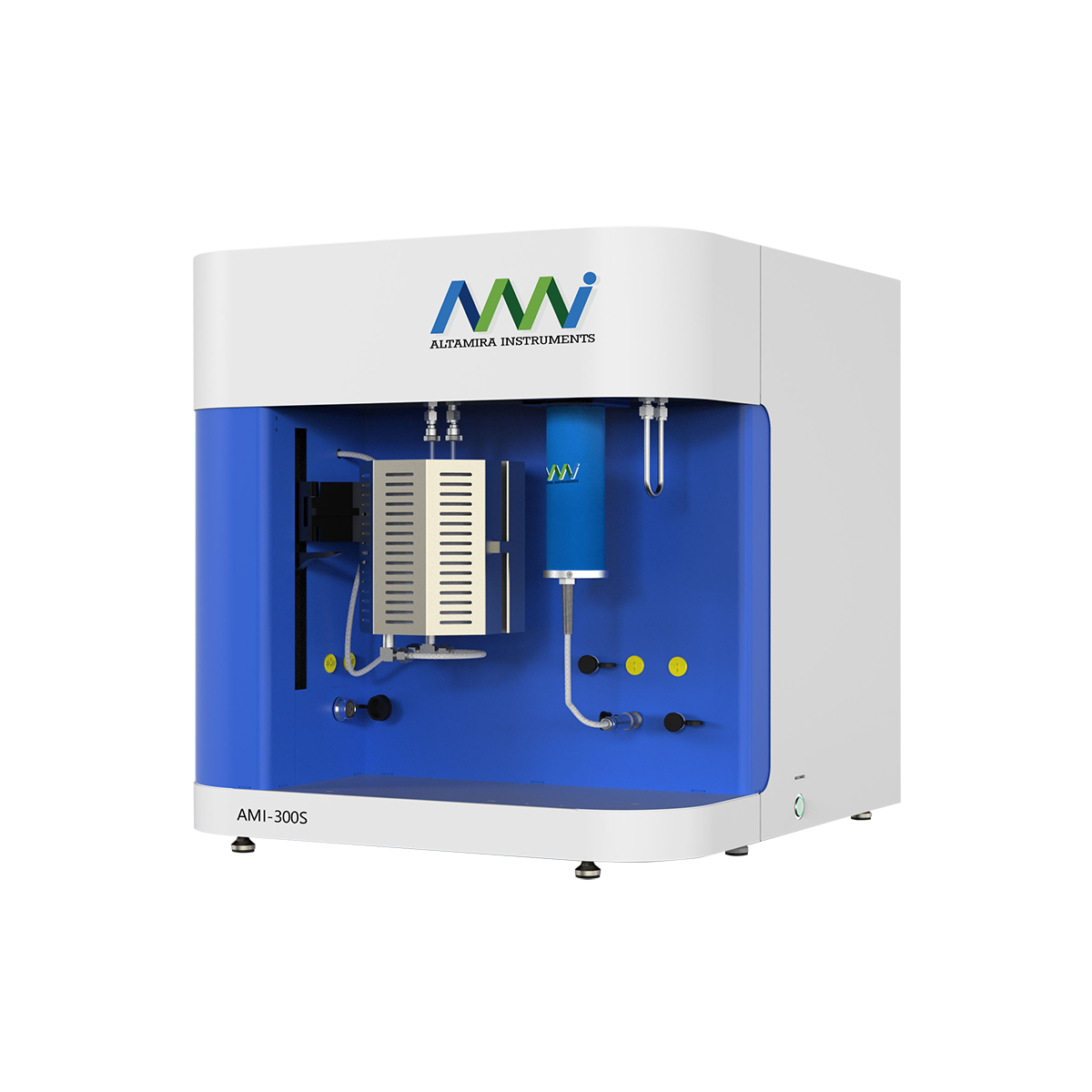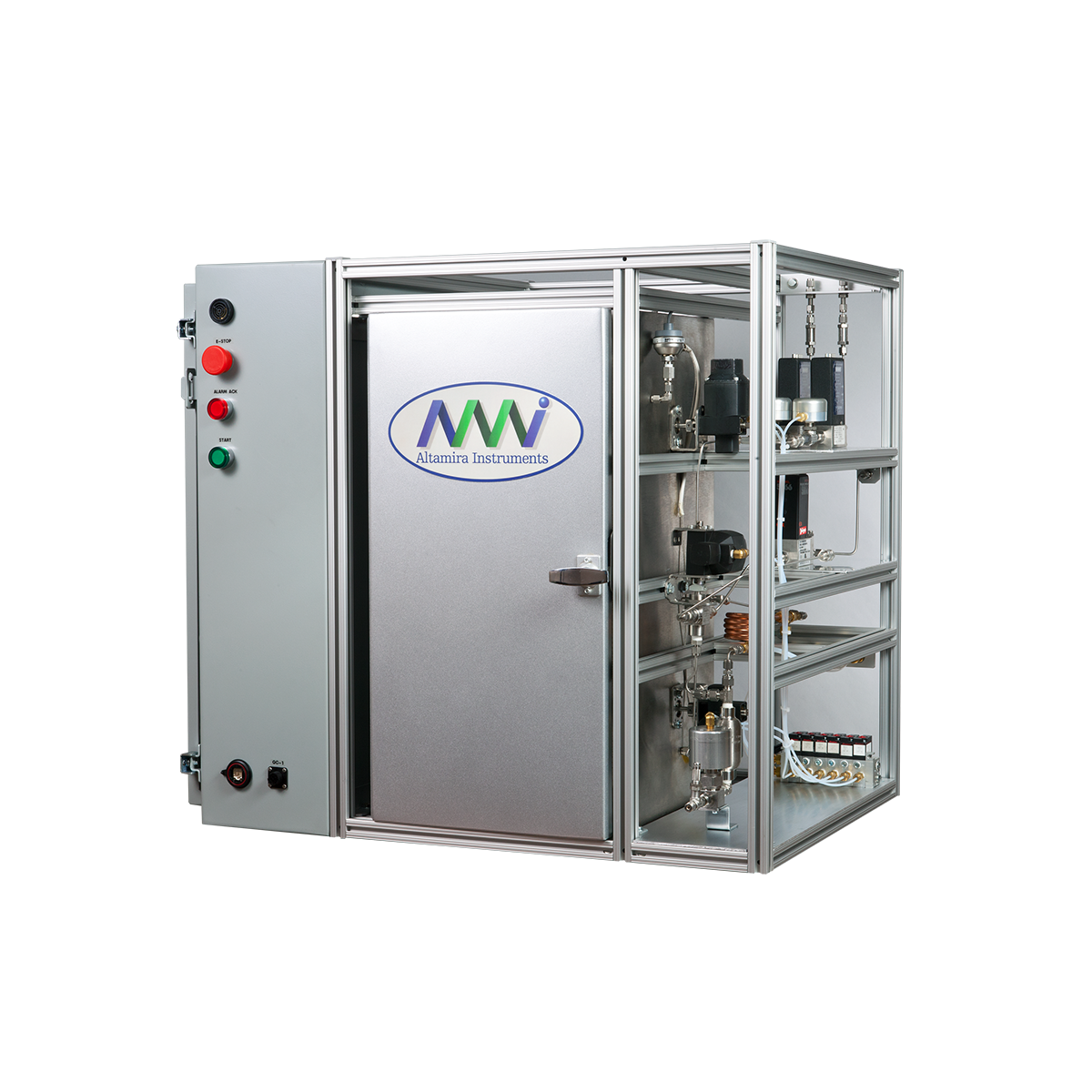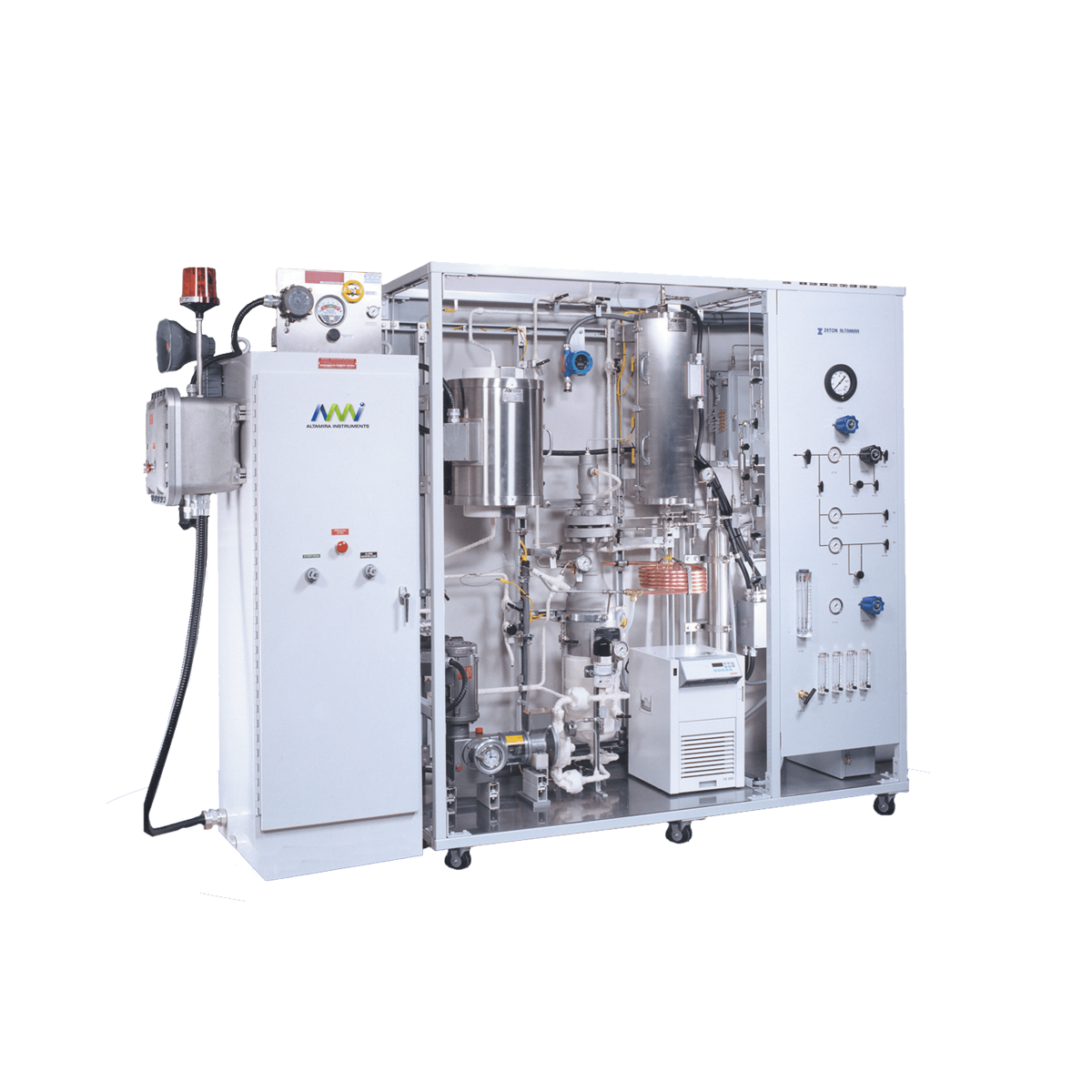At Altamira Instruments we are constantly encountering requests for reaction units and characterization equipment that are useful for testing real or simulated exhausts of various types of motor vehicle engines, from car gasoline engines to large diesel trucks. Although each is a special case, through many years of experience we have learned how to make units useful for specific tests and thus provide reliable test equipment to our customers.
Engine Exhaust Test Equipment
Engine Exhaust Test Equipment
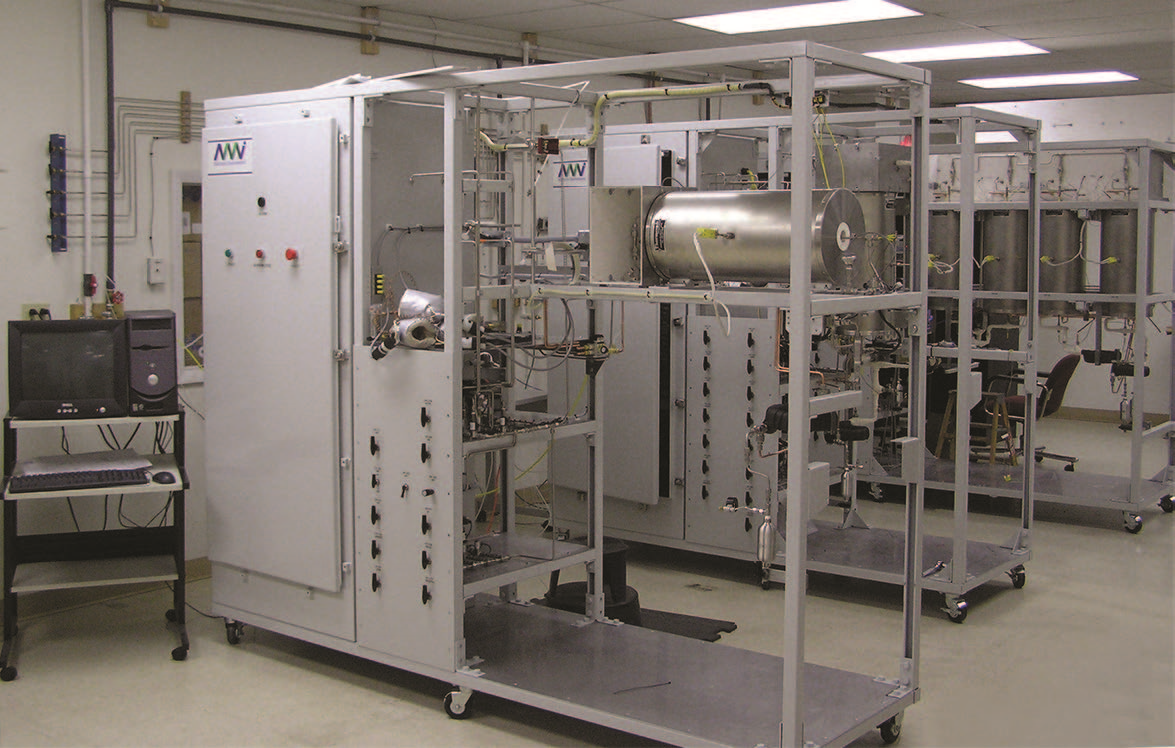
Why Exhaust Testing?
At Altamira Instruments we are constantly encountering requests for reaction units and characterization equipment that are useful for testing real or simulated exhausts of various types of motor vehicle engines, from car gasoline engines to large diesel trucks. Although each is a special case, through many years of experience we have learned how to make units useful for specific tests and thus provide reliable test equipment to our customers.
Background
It is estimated that over 65% of all air pollutants in the U.S. come from on-road vehicles, compared to only 1% from industrial sources. In order to combat this, Congress first passed the Clean Air Act in 1970, in part establishing controls over the pollutants emitted from mobile sources. The first catalytic converters for automobiles came about in the early- to mid-70s and are collectively known as two-way catalytic converters, in that they were designed to only control the emissions of hydrocarbons and CO. Further refinements to the Clean Air Act in the 1980s led to the addition of control of nitrogen oxides, NOx, and the development of the currently used three-way catalytic converters. In 1990 limits in the sulfur content and other emissions of diesel fuels were mandated to be phased over several years starting in 1993.
Modeling Reactions of Emmision Gases Using BenchCAT Reactors
The type of equipment needed to characterize and evaluate catalytic converters requires the utilization of an actual catalyst sample (i.e., not a crushed sample) and the simulation of actual conditions occurring in the exhaust gases. Some of these conditions are:
• Very high flow rates.
• Rapid temperature changes in the orders of hundreds of degrees during operation.
• Complex mixtures of varying compositions, including hydrocarbon fuel, unspent hydrocarbons, NOx, carbon oxides, etc.
• Rapidly varying changes in gas composition, from a very “rich” fuel mixture to a very “lean” fuel mixture in only fractions of a second.
In addition, testing for diesel exhaust may also include:
• Particulate (soot) production and burn-off.
• Simulation of Selective Catalytic Reduction (SCR).
Altamira Instruments has extensive experience in the design, construction, and commissioning of both characterization units and BenchCAT reactor units that meet all these requirements.
Catalyst Samples and Reactor Materials
Exhaust-control catalysts are mostly of the honeycombed monolith variety. Altamira Instruments first developed its monolith-holder in the early 90s in order to accommodate one-inch monolith cores in our AMI line of characterization systems. For reactor test units we routinely utilize reactors that can house one, two, and three-inch monolith cores. Our reactors are constructed of either stainless steel, or more typically, quartz. The latter can be used for studies up to 1000°C.
Flow Rates and Temperature Control
Very high flow rates are typically encountered in engine exhaust. In designing a test unit to model such reactions it is important to achieve the high flow rates while maintaining temperature control of the catalyst. For a two-inch monolith, flow rates in the order of 200 SLPM (7 ft³/min) are typical.
Figure 1 shows a simplified diagram for a test unit handling high flow rates and rapid temperature changes. Inert gases, such as nitrogen, argon or CO, and vaporized water flow from a common line at high flow rates. They first encounter a preheater where the temperature is brought up to 100-200°C, followed by two in-line process heaters in series which allow the flow to be heated up to 800-900°C. The reactive gases are
added at lower flow rates just upstream of the reactor. The reactor is housed within a multi- zoned furnace to prevent heat losses. Using this arrangement it is possible to not only achieve high temperatures at high flow rates but also to simulate the large changes in temperature that can be experienced in a catalytic converter. Table 1 shows some typical controlled temperature changes we can achieve in our test units.
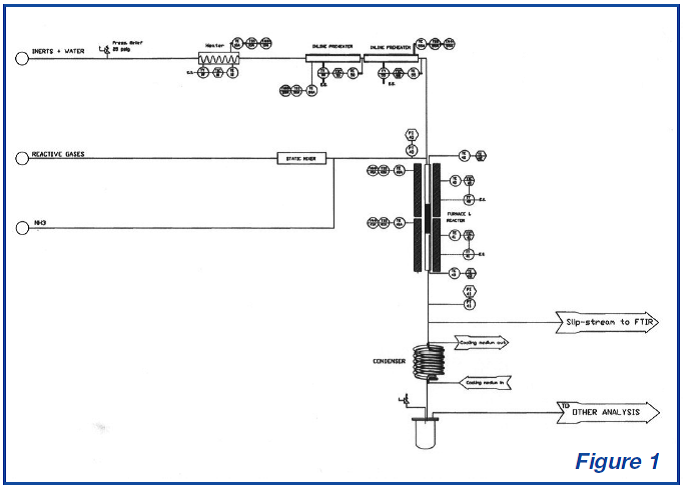
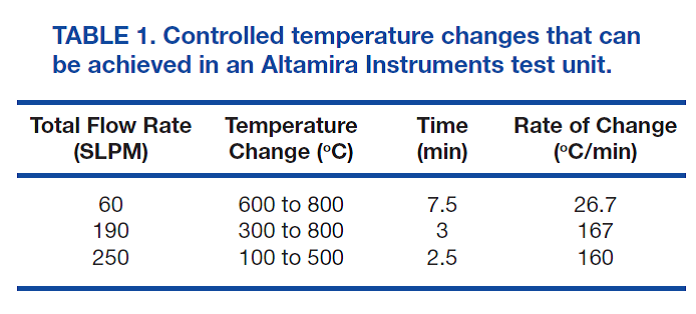
Feed Composition
Typical engine exhausts are extremely complex and have to be taken into account when designing test units. Feeds having 20 or more components, each precisely regulated, are not unusual. A typical fuel mixture may contain: inerts, such as nitrogen or argon, CO鈧? CO, water vapor, air, sulfur oxides (typically SO鈧?, various NOx, hydrocarbons (propane, vaporized VOCs). These have to be fed at different points upstream of the reactor so as to prevent premature reactions. Additionally, ammonia may be included to simulate SCR in diesel catalysts.
Changes in Fuel Make-Up
One major concern in evaluating exhaust catalysts is the rapidly changing composition of the exhaust mixture. Depending on exact conditions, the catalyst may have to operate either in an oxidizing mode, to oxidize the hydrocarbons and CO, or in a reducing mode, to reduce NOx. This is the role of so-called three-way catalysts. In order to simulate these rapid changes in exhaust make-up, Altamira Instruments developed rapid-switching techniques. Figure 2 shows a diagram of a BenchCAT reactor specifically designed for the study of varying fuel make-up on a monolith catalyst. A series of mass flow controllers are used to adjust two types of feed: a “rich” feed, high in fuel, and a “lean” feed, higher in oxygen. The two feeds are simultaneously run through a high-speed switching valve which selects which of the two feeds goes to the reactor. Early systems were able to achieve switching rates of 1 Hz (1/second). With improved mechanicals and software we can now reach switching rates of up to 5 Hz.
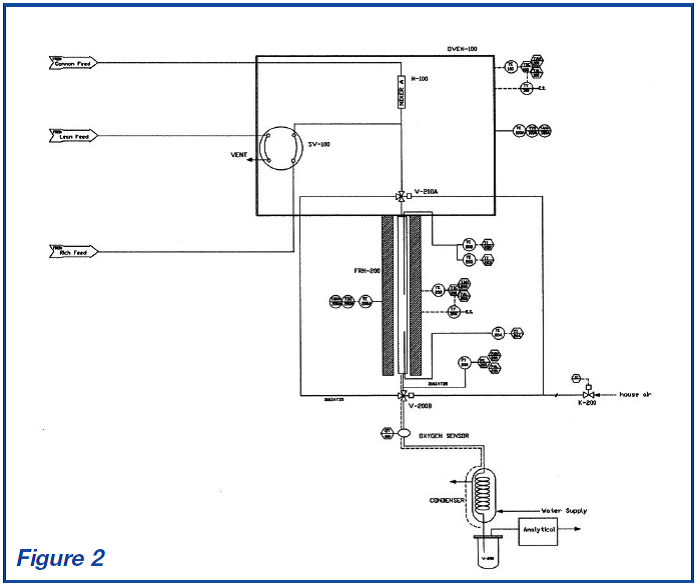
Particulates in Exhaust
Of particular concern to diesel engine manufacturers is the control of particulates or soot generated during combustion and which is now also regulated under the Clean Air Act. Thus, a successful catalyst must be able to burn-off any produced soot. Again, Altamira Instruments has been a leader in developing technologies to feed soot onto a catalyst. In one instance – see Figure 3 – a fluidized bed was used for delivering a controlled amount of soot to a catalyst.
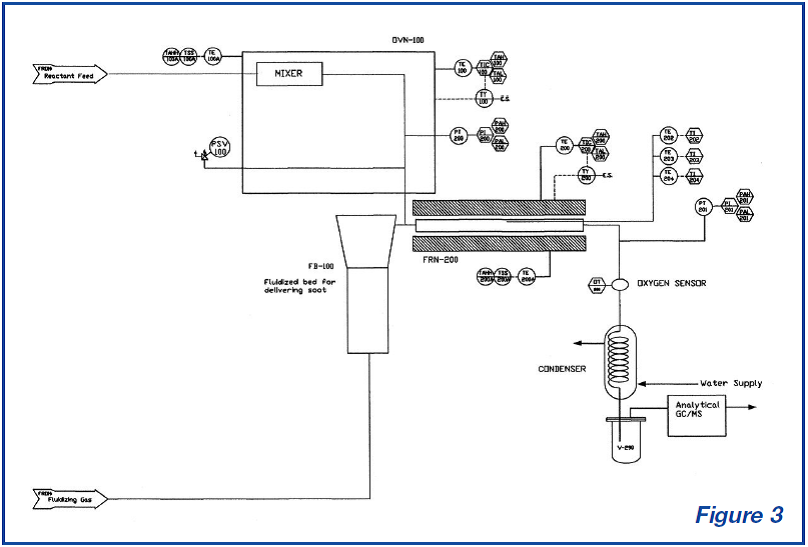
Analysis of Products
Analysis of products in real time is critical in evaluating emissions catalysts. Altamira Instruments can integrate virtually any kind of analytical instrumentation to our BenchCAT systems. Some examples of our experience include integrating the following:
• Mass spectrometers from various manufacturers
• Gas chromatograph-mass spectrometer (GC-MS)
• Oxygen sensors
• Lambda sensors for air:fuel ratio
• Fuji Instrumentation ZRE NDIR-type infrared analyzer capable of measuring the concentration of NOx, SO鈧? CO, CO鈧? CH鈧?and O鈧?components in sample gas
• California Analytical Instruments (CAI) 600 Chemiluminescence analyzer for NO/NOx
• CAI 301 FID analyzer for total hydrocarbons
• Fourier Transform Infrared Spectrometers (FTIR)
• CAI 602P oxygen analyzer with Pump-Pak for sampling
AMI Line of Characterization Equipment
In addition to our test reactors, Altamira can also provide characterization equipment suitable for studying emissions-control catalysts. These systems are based on the AMI instrument line which, in various forms, has been manufactured since 1984. Our current line, the AMI-300, can be directly used, or in some cases adapted, for emission studies. Several of our customers are using our characterization units for studying oxygen storage capacity (OSC) and catalyst behavior under fast-switching conditions.
